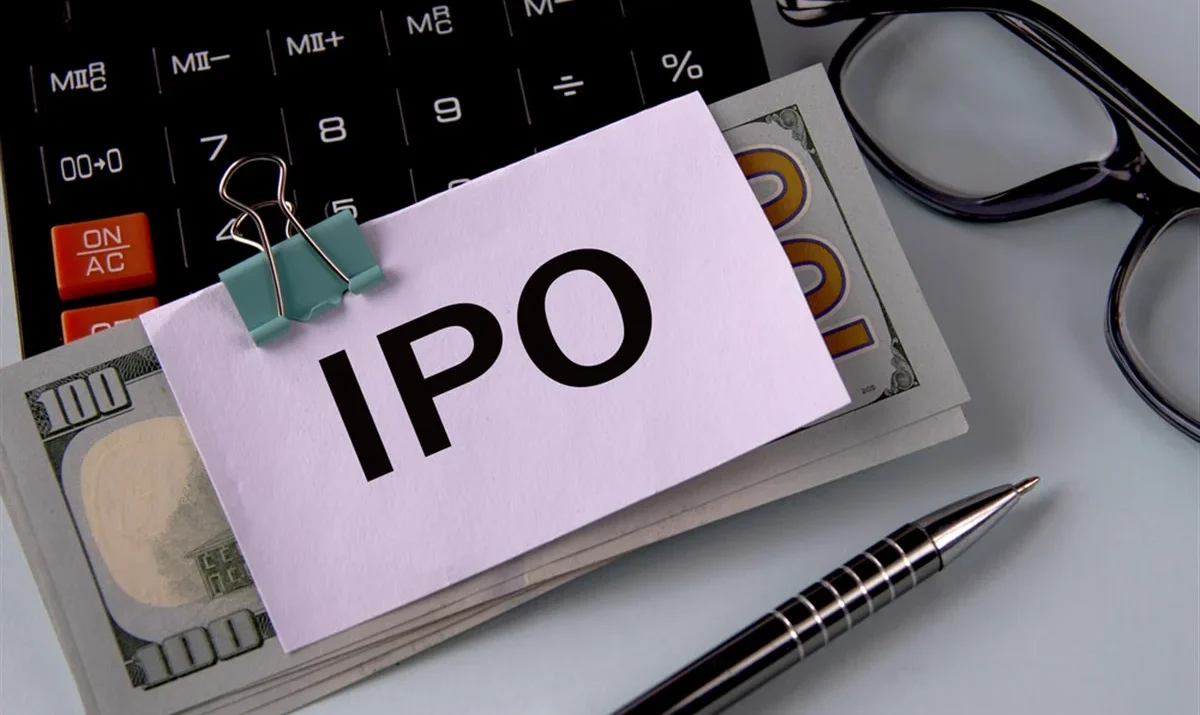After a quiet start to the year, the US IPO market is heating up. According to Bloomberg data, 2025’s new listings are now up an average of 53%, with high-profile names like Circle Internet Group and CoreWeave leading the charge. This surge in performance has rekindled investor appetite for public offerings and could open the door for more billion-dollar debuts in the second half of the year.
“We’ve been positively surprised by how well the market absorbed the tariff headlines,” said JPMorgan’s Keith Canton.
Despite geopolitical headwinds — including President Trump’s “Liberation Day” tariffs that temporarily paused dozens of spring listings — bankers now expect IPO momentum to pick up post-Labor Day. JPMorgan and others are forecasting multiple $1 billion+ IPOs before year-end.
Behind the Numbers:
- $29.1 billion raised YTD, a 45% increase from the same period in 2024.
- 53% average post-IPO return, driven by large-cap names.
- Excluding SPACs and micro-listings, only 33 traditional IPOs have priced — fewer than the 41 from H1 2024.
- SPAC activity remains muted compared to 2021 highs.
While the numbers are promising, the comeback is not without caveats. Much of the headline growth has come from blank-check vehicles (SPACs), which surged more than 400% YoY, distorting the picture. Excluding SPACs, proceeds from IPOs are actually down.
April, historically a strong IPO month, was nearly dormant as Trump’s tariff announcements sent shockwaves through the market. But with those tensions now easing, blockbuster deals like Circle’s stablecoin debut are restoring confidence in public offerings.
Themes to Watch:
- Fintech and crypto remain hot sectors for IPOs.
- Software and biotech are still in the pipeline, though fewer deals have emerged so far.
- Private giants like OpenAI are still raising capital privately — but bankers warn that even $40B rounds can’t substitute for public market liquidity forever.
“At some point, companies need liquidity at scale,” said Citi’s Heath Terry. “We’ll see that eventually.”
Valuation Tug-of-War
One reason listings remain slow: a mismatch in valuation expectations. Many companies are reluctant to go public at prices below their pandemic-era peaks, while investors remain wary of overpaying after 2021’s IPO bust.
To bridge the gap, recent IPOs have leaned more heavily on secondary shares — where existing backers cash out — to reduce dilution and preserve value.
“Since mid-May, we’ve seen greater secondary participation despite wider discounts,” said BofA’s Jim Cooney.
The Road Ahead
Markets may be recovering, but uncertainty still looms. The Federal Reserve’s higher-for-longer stance, ongoing geopolitical risks, and election-year volatility all pose challenges. Wells Fargo’s Clay Hale summed it up:
“The optimistic side says IPOs are working. The pragmatic side says watch out — tariffs, taxes, and geopolitics could still derail things.”
Still, for now, investors appear ready to bet on the next wave of public tech giants. Whether the second half of 2025 lives up to the hype will depend not just on market appetite — but on how well companies, bankers, and policy makers manage the next set of shocks.
Disclosure: This article does not represent investment advice. The content and materials featured on this page are for educational purposes only.
Related:
In a First-of-Its-Kind Decision, Anthropic and Meta Win Copyright Lawsuits Brought by Authors
Kalshi Hits $2 Billion Valuation as Prediction Markets Go Mainstream
S&P 500 Nears All-Time High After Stunning Rebound from April Lows
Trump rebukes Israel and Iran hours after ceasefire: Latest Updates
Ceasefire “Now in Effect” as Israel and Iran End 12 Days of War — But Deadly Strikes Continue
Trump Announces Ceasefire Between Israel and Iran
Why Oil Prices Plunged and Stocks Rose After Iran’s Missile Attack on US Bases
Markets Brace for Chaos as Strikes, Inflation, and FED: What to watch this week










